Article updated: April 26, 2023
Chafing – just typing the word makes me feel uncomfortable. If you’re one of the millions of people that experience chafed skin while walking, jogging, running, and working out – you know exactly the type of uncomfortableness I’m talking about.

A common misconception about chafing is that it only affects overweight people. But the truth is chafing can affect everyone from overweight individuals all the way to fit and active athletes.
Chafing doesn’t discriminate between fat or thin people. If the conditions are right for chafed skin to develop, you better believe it can and will strike regardless of how fat or skinny you are.
Where and Why Does Chafing Usually Occur?
Chafed skin can turn up in some very weird and uncomfortable places on the human body. If you’re an athlete that regularly works out, runs, or jogs – you may experience chafing between the thighs, crotch, armpits, stomach, neck, feet, and even between the butt cheeks (yikes).
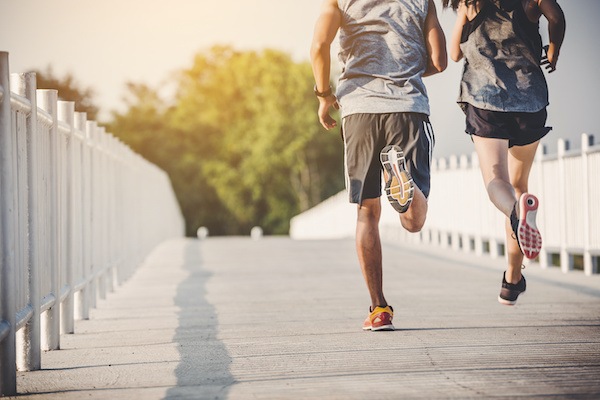
The cause of chafed skin can vary from person to person but it’s usually caused by excessive skin-to-skin rubbing, moisture, and in some cases even the type of fabric your clothes are made of can cause chafing. If you are experiencing chafed skin while exercising, chances are one of those 3 common causes is the culprit.
The good news is chafed skin is very treatable and preventable – once you identify the problem.
Listed below are 3 very effective solutions that will help finally put an end to uncomfortable chafing and skin irritation while you are getting your work out on.
Powder Up
Chafed skin? No problem!
One of the best ways to prevent skin from chafing while you exercise is to apply a high quality body powder wherever you experience irritation.
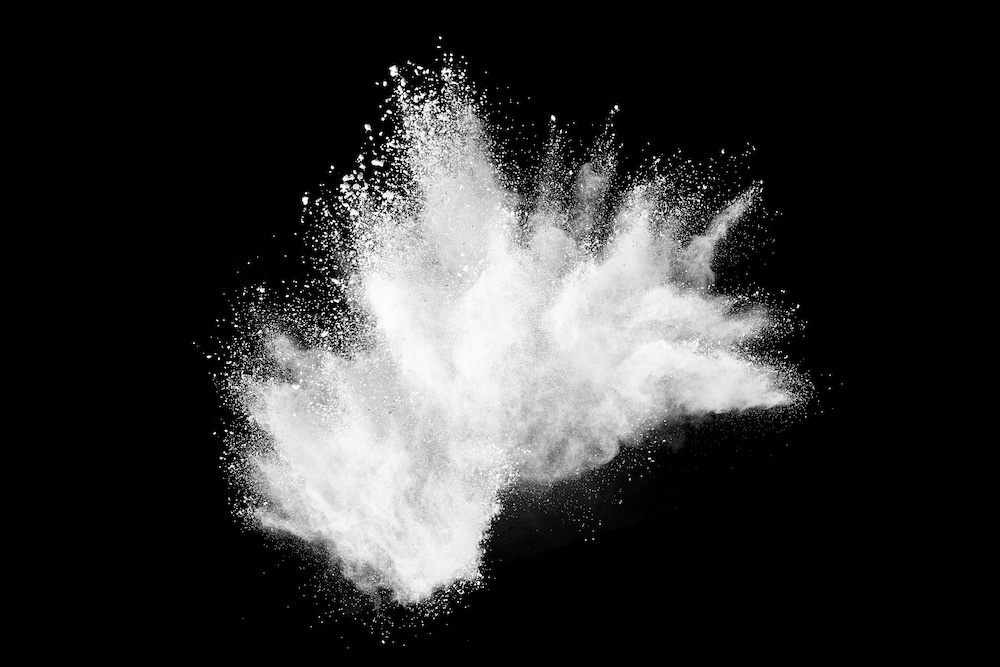
If you are a runner, jogger, or walker – try sprinkling a bit of body powder between your thighs, around your groin, and under your armpits. Not only will body powder help eliminate friction caused by skin-to-skin rubbing but most body powders contain active ingredients that help cool and soothe the skin on contact and even help reduce sweat and odor. Wins all around.
Try an Anti-Chafing Stick or Balm
If body powder isn’t your speed, consider trying an easy to apply anti-chafing stick or balm. Packaged similar to a stick of underarm deodorant, anti-chafing sticks are designed to create a protective barrier on the skin to help eliminate friction, sweat, and rubbing. Easy peasy.
Reconsider Your Attire
Believe it or not your clothing could be playing a major role in causing your skin chafing while working out. Clothes that are loose fitting may be comfortable and breathable, but they aren’t always the best clothing option when it comes to exercising.
When choosing your workout attire, keep in mind that garments that fit snug to the body work best for reducing chafing – especially when it comes to inner thigh chafing. Loose fitting clothing has the tendency to move, shift, and rub the skin which can actually make chafing worse.
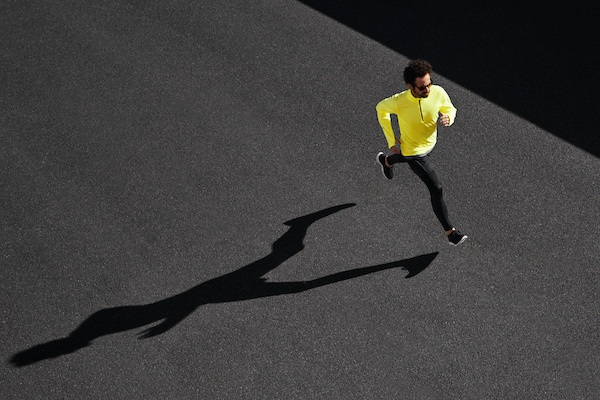
Compression shorts and pants, or shorts with built in compression liners work best for reducing chafing on the lower body while compression shirts work great for chafing on the upper body.
Choosing the best workout attire for you and your skin can take a little bit of trial and error so it’s important to keep in mind that not all fabrics and materials will work well for everyone.
Reduce Sweat and Moisture
Sweat is one of the primary causes of skin chafing while working out. So naturally reducing moisture should help reduce chafing, right? Right!
Moisture wicking garments are specifically designed to pull moisture away from the skin and onto the exterior layer of the fabric where it can quickly evaporate. This not only helps keep sweat directly off of your skin, but it also helps keep you comfortable and cool while you exercise.
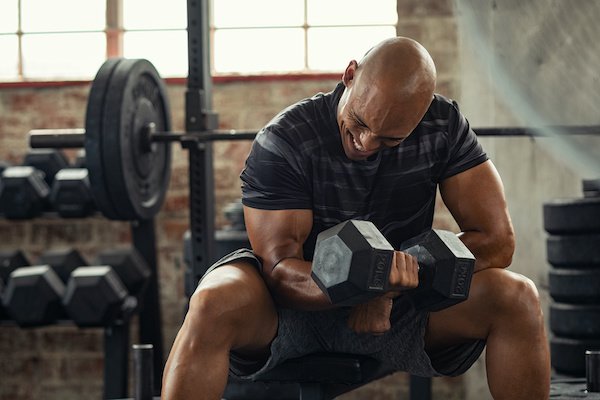
You should avoid cotton clothing while exercising because cotton tends to absorb sweat and hold it against the skin instead of letting it evaporate. Cotton garments also take much longer to dry making them uncomfortable to workout in once they become saturated with sweat.
For serious moisture control while working out, pair moisture wicking clothing with a moisture absorbing body powder. It’s quite the dynamic duo when it comes to fighting chafing.
How to Soothe Chafed Skin
Red, raw, swollen, inflamed, and irritated – yes, chafed skin can be a real pain in the butt – sometimes literally.
While it can be tempting to try and ignore chafed skin and exercise through it, it’s important to understand that the problem will only get worse if ignored and left untreated.
If you’re currently suffering from chafing, here are a few at-home treatments that can help soothe the skin and even help promote healing:
• Apply an ice pack to the skin to reduce swelling, itching, redness, and discomfort.
Use a soothing skin ointment such as A&D, Neosporin, Aquaphor, coconut oil, petroleum jelly, or my personal favorite Ora’s Amazing Herbal skin salve.
• Take an oatmeal bath. Oatmeal is a safe natural remedy that helps reduce swelling, redness, itch, and inflammation.
• Avoid soaps, body washes, or skin lotions that contain fragrances as these may irritate the skin and prolong healing.
• Avoid physical activities that can cause friction to the affected area.
Should You See a Doctor for Chafing?
Chafing symptoms can range in severity from very mild to quite severe. While most minor cases of chafing will heal on their own over time, there are situations when you should consult a physician for medical advice. When it comes to chafing be smart and use your best judgment. If your skin chafing doesn’t appear to be getting better over time or you notice any unusual pain, bleeding, or discharge – give your physician a call. I’m certainly no doctor but in my experience it’s always better to be safe rather than sorry.
Thanks for reading. If you have any experience with skin chafing caused from running or working out and how you dealt with it let us know about it in the comment section below.

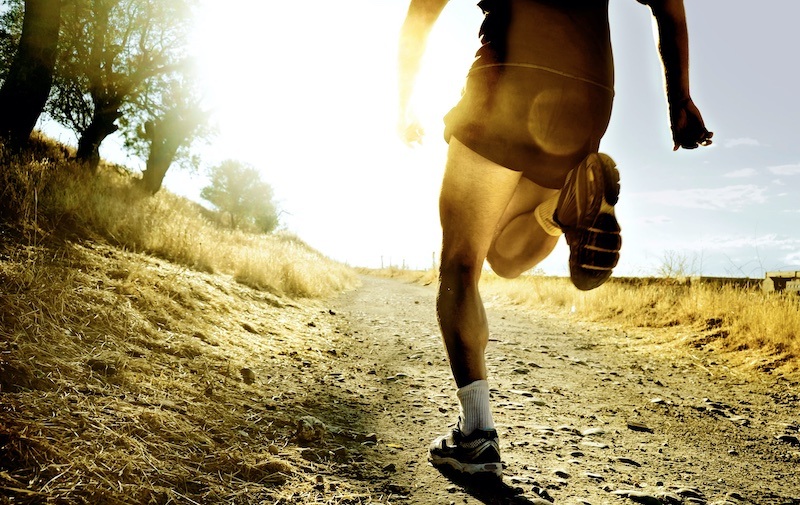
Great tips, thank you. I am a daily jogger and I can tell you first hand that chafing is no joke. I have had it pretty much everywhere on my body you can possibly get it. My underarms, between my thighs, my groin, and even my neck. Wearing the right type of clothes is super important for reducing chafing but it’s not always that easy. Body powder works great at preventing chafing and is what I use before every jog.
Thanks for sharing, Carl.